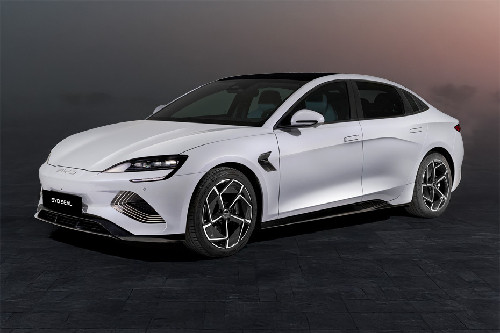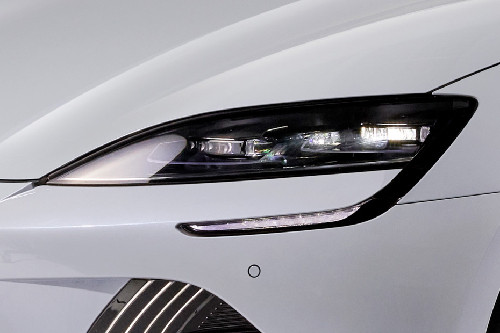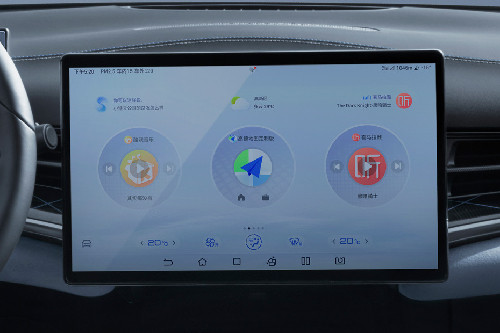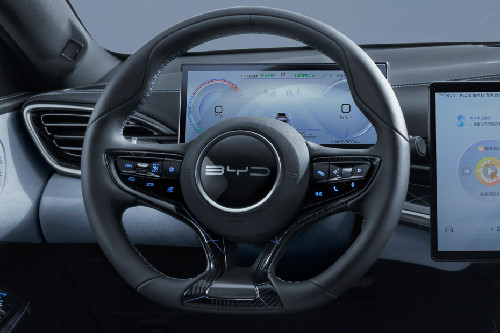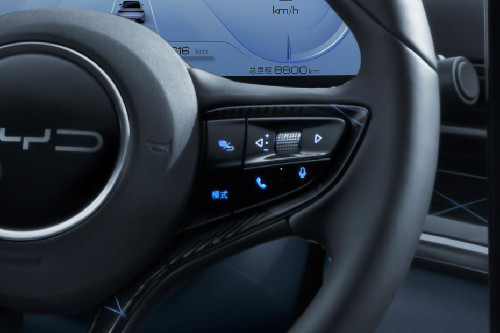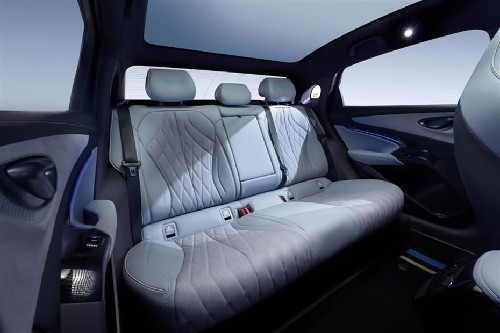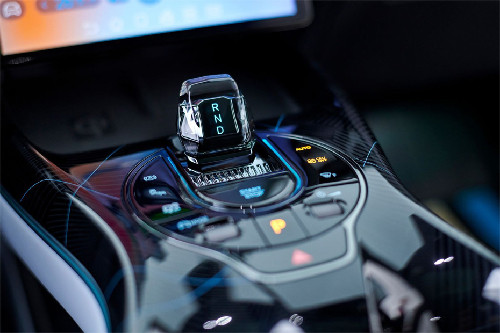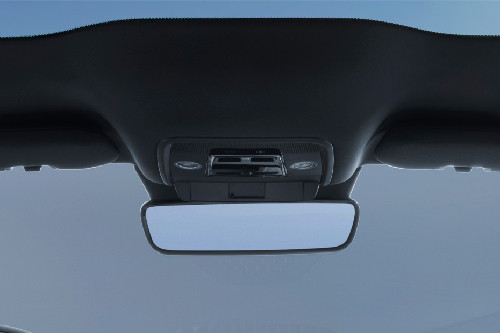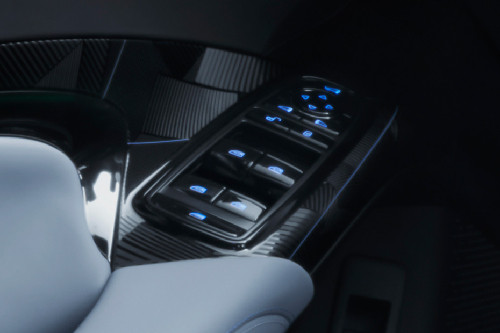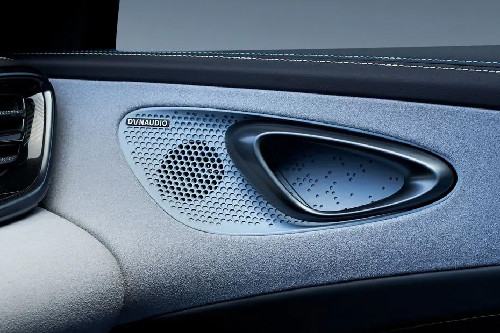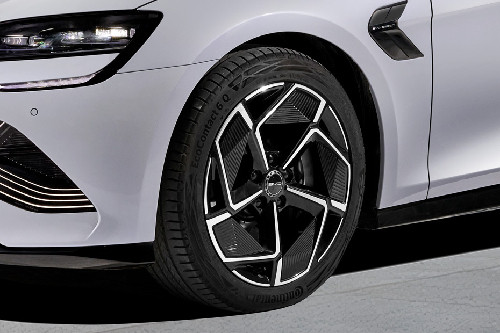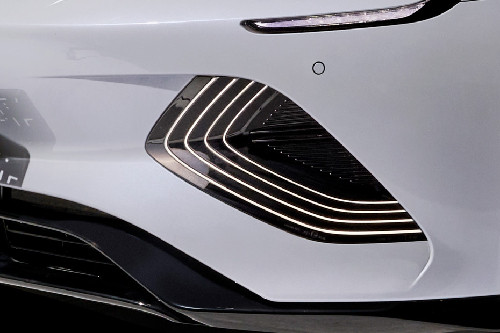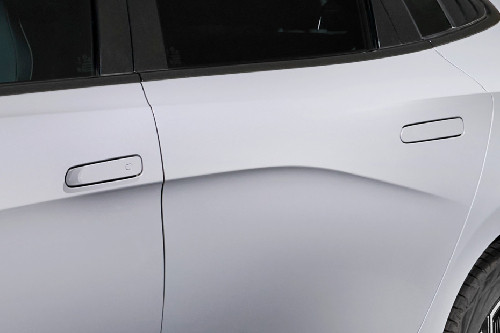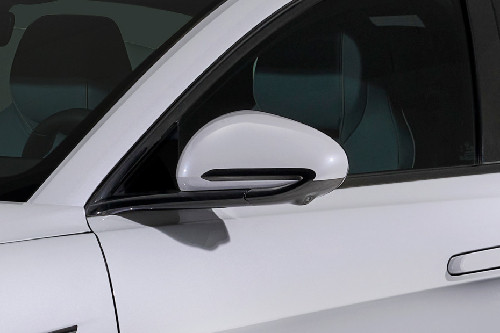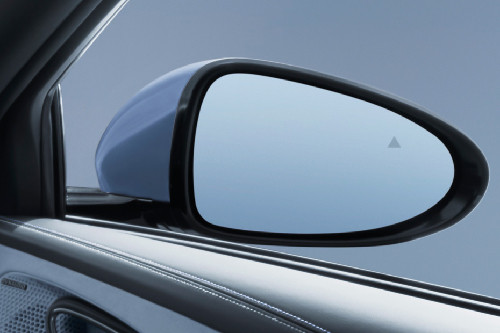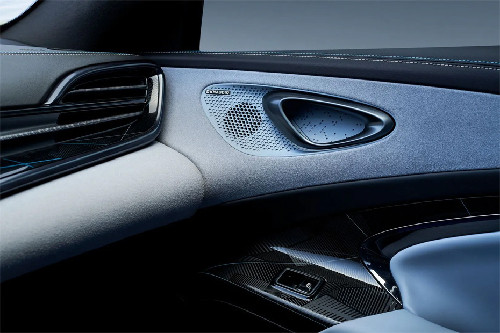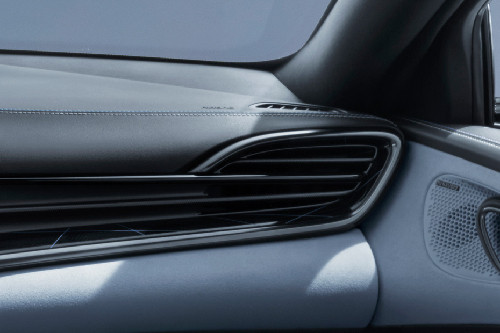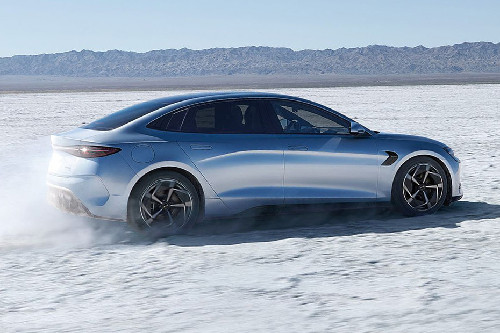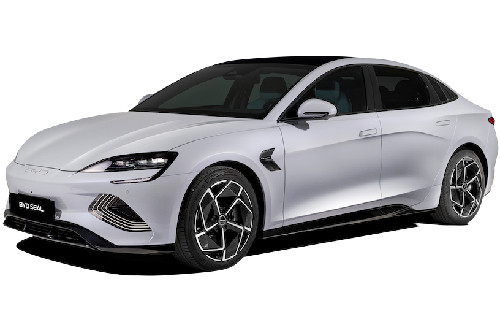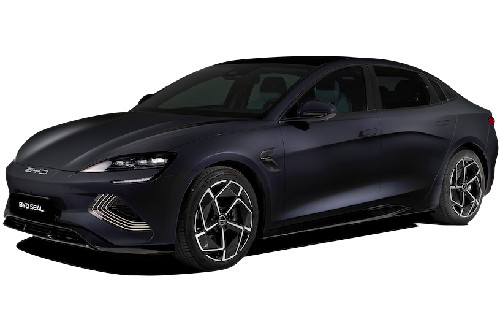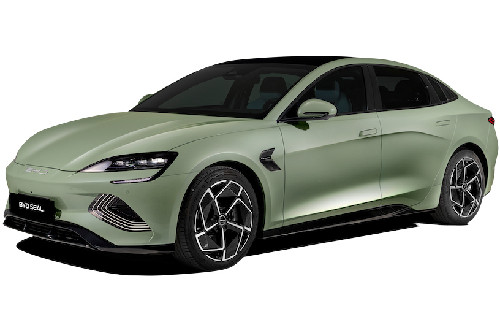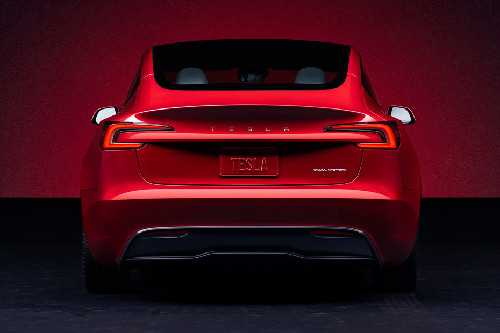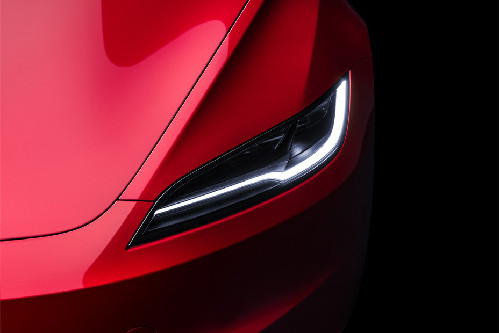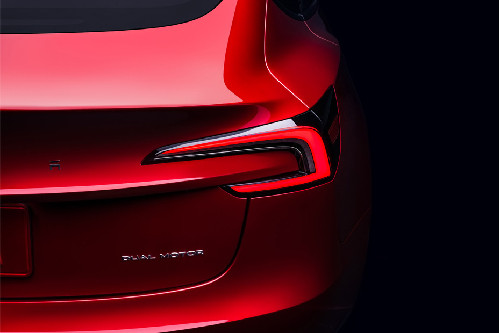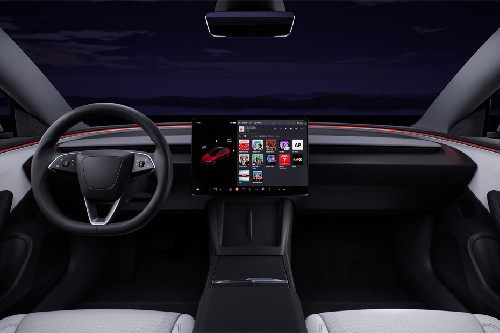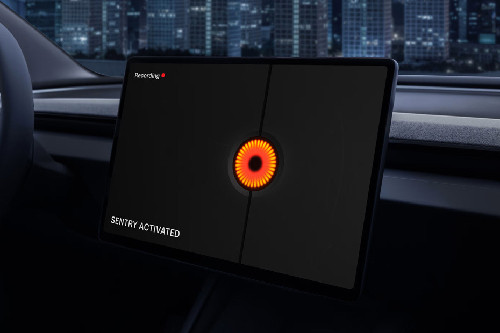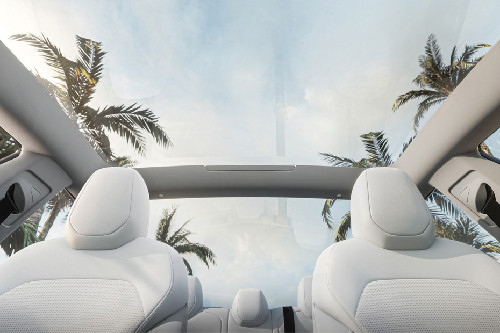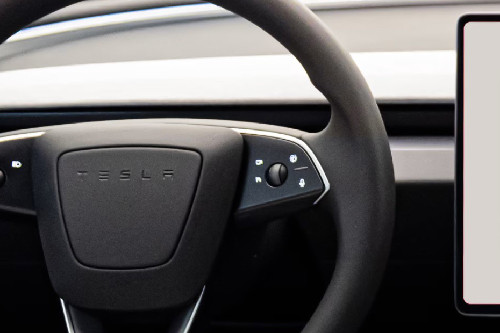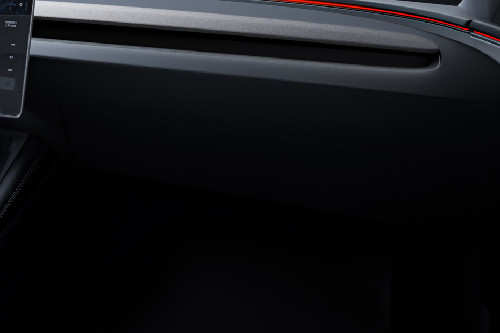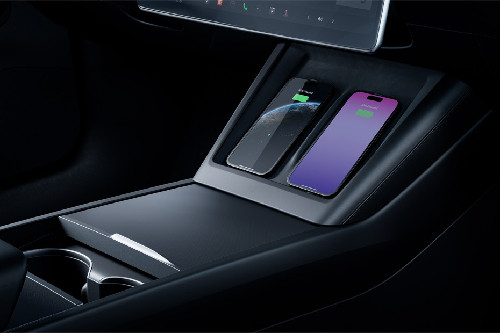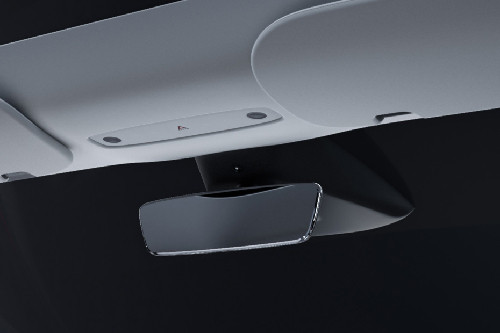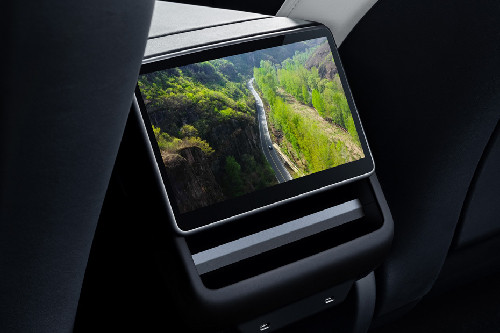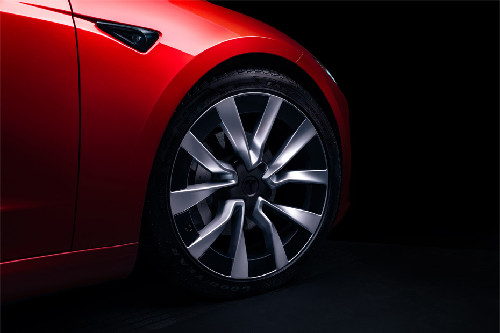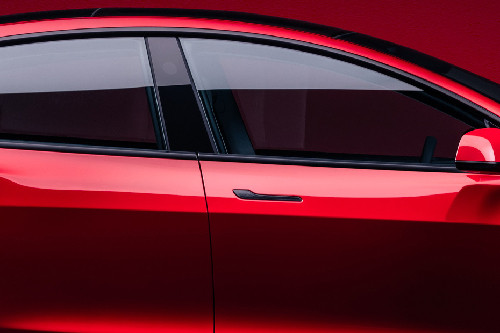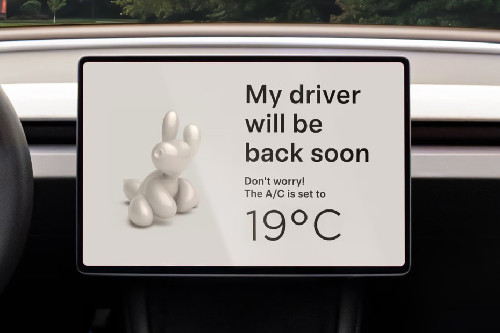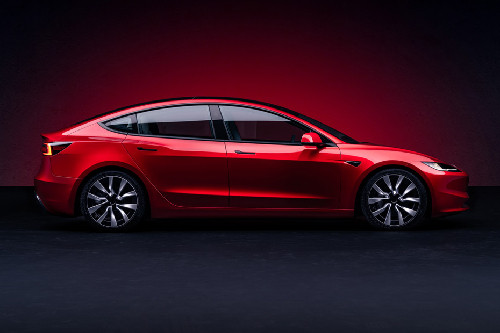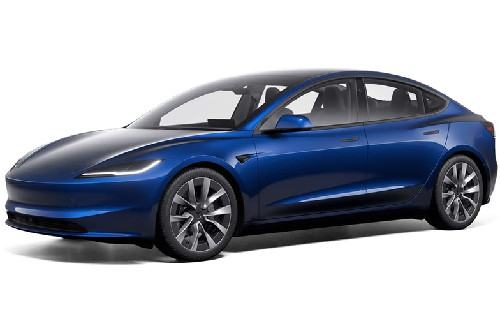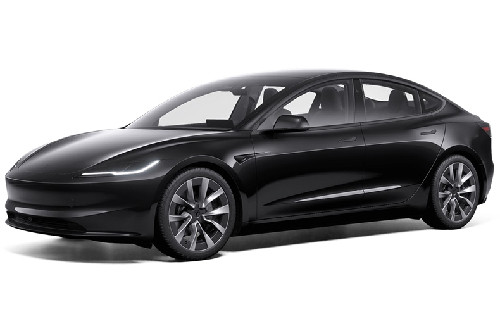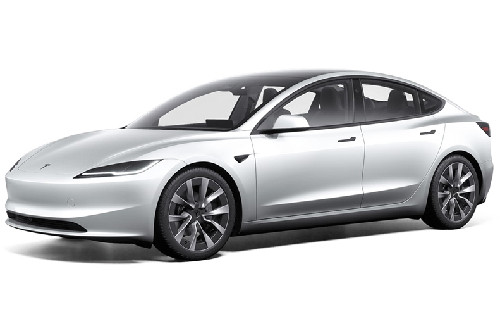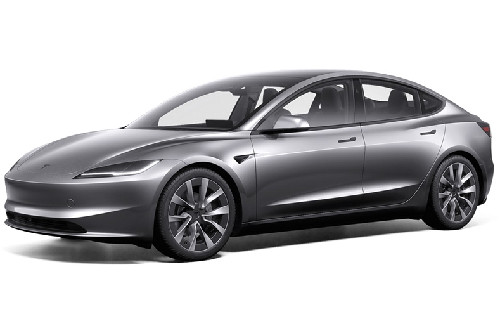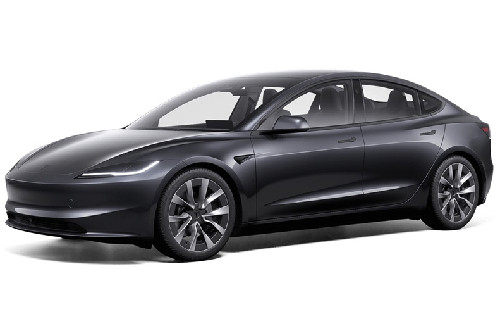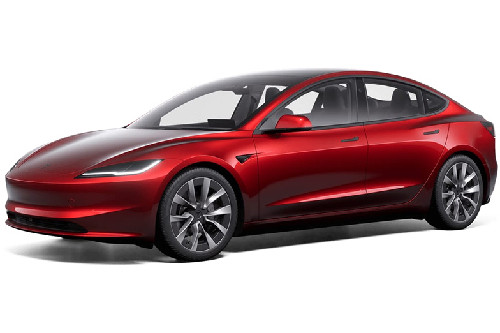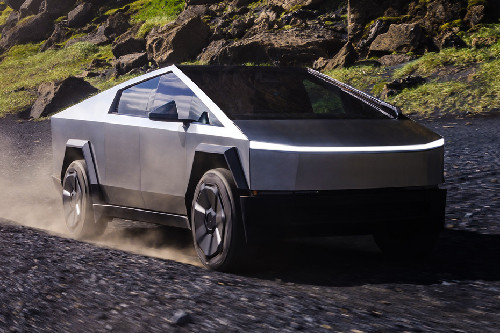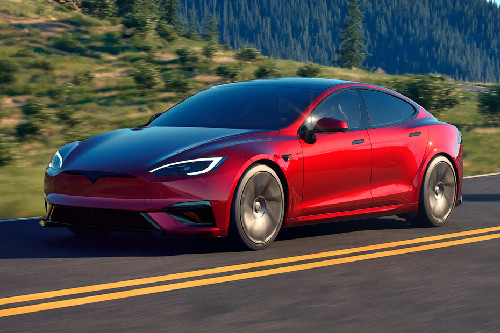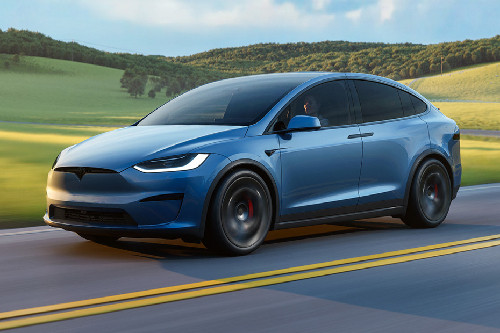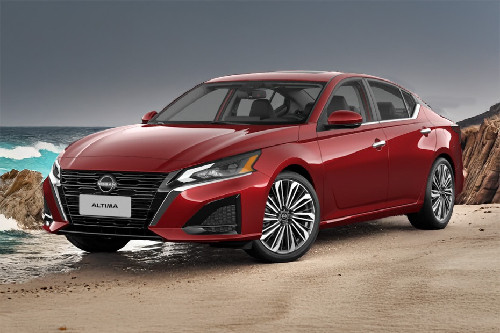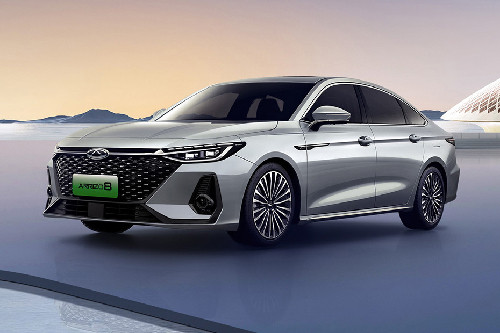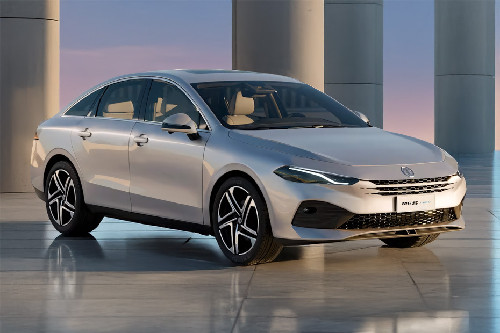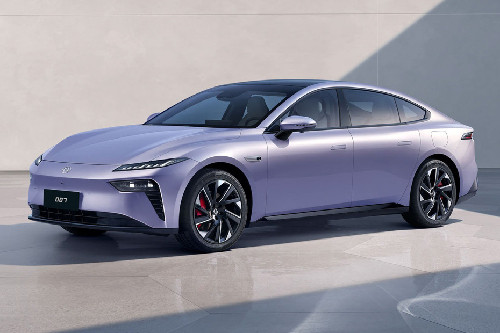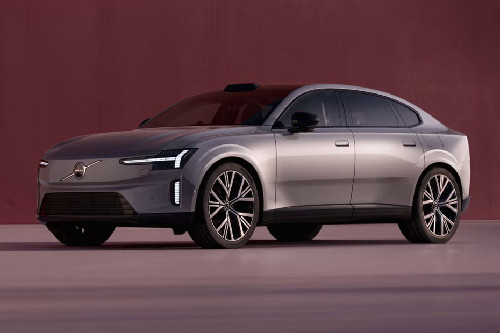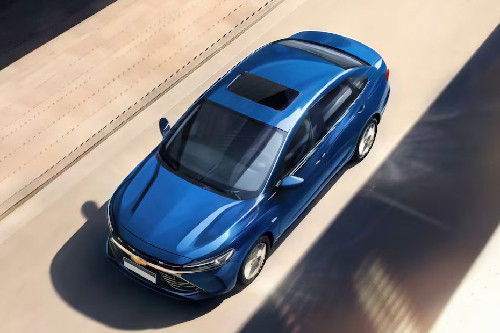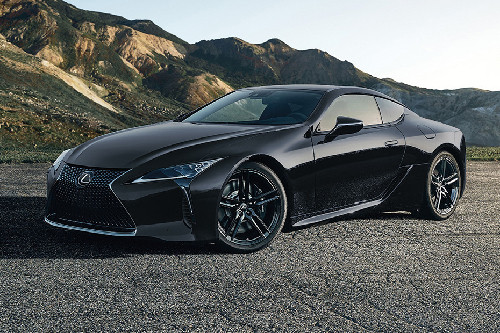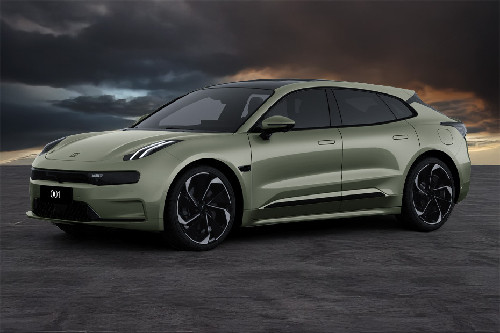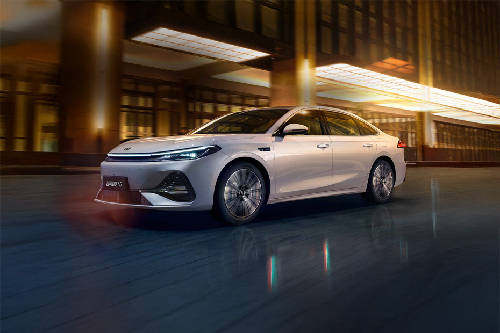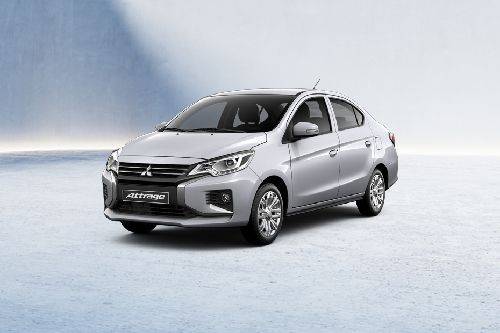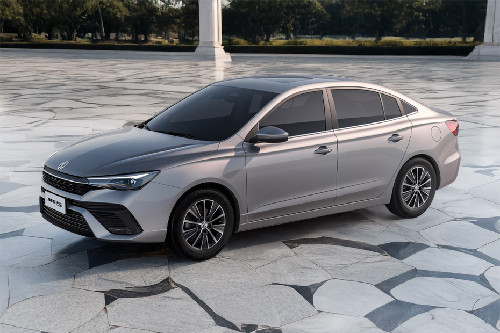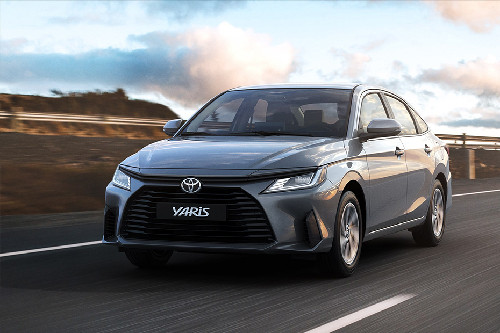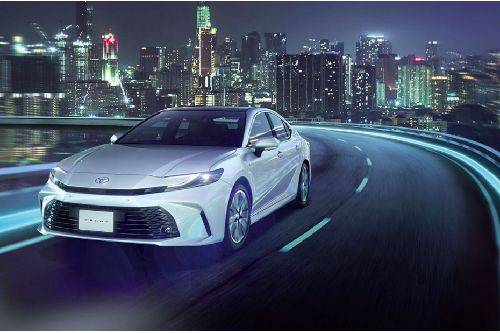Tesla Model 3 vs BYD Seal – Best Electric Sedan for the UAE Market

Abu Dhabi: The all-electric vehicles segment has been recording brisk growth in the UAE as more buyers switch towards them. This rapid transformation is due to compelling reasons such as lower running costs, incentives, and a fast-expanding charging infrastructure across the country. As a result, most of the top global brands have introduced their latest EVs across segments and price points. There are far more options to choose from for buyers in 2025 than ever, and the list continues to surge with more choices.
KEY TAKEAWAYS
What is the price of the Tesla Model 3 in the UAE?
The Tesla Model 3 is priced between AED 158,670 and AED 218,670, depending on the variant.What is the price of the BYD Seal in the UAE?
The BYD Seal costs between AED 149,900 and AED 179,900 for the standard electric variants.In the all-electric premium sedan segment there are a lot of actions, and two top names that are ahead in the crowd are the Tesla Model 3 and the BYD Seal. Both are pure electric sedans that promise performance, range, and modern technology, but have different approaches. One is American while the other is Chinese. Tesla pioneered the mass-market EV segment which is well-known, and the Model 3 changed how people think about electric cars when it launched years ago. It was instrumental in proving EVs could be practical, fun, and accessible. It is fair to say, the Model 3 put Tesla on the map of global automakers. Over the years, the sedan has been refined through multiple updates.
BYD is new to the UAE market but not new to EVs; it has emerged as the world’s top EV sales by volume, overtaking Tesla. The Chinese manufacturer has been building electric vehicles for years, and the Seal represents their push into the premium sedan segment. It takes, by and large, on the Model 3, promising comparable performance at a lower price point.
There is something special about both sedans in terms of their exterior look, appearing sharp on the road. The Model 3, as we all know, is a subtle, clean, minimalist Tesla design that attracts attention. The Seal blends towards a sportier approach with its fastback profile and ocean-inspired design cues. Once you’re inside, you feel both focus heavily on technology, with large touchscreens dominating the dashboard.
If you’re in the market for an all-electric sedan in the premium segment, you get to choose between the best. And, Model 3 and Seal are right at the top with models now available, both sedans have been updated with better range, faster charging, and improved features. The Model 3 benefits from Tesla's established Supercharger network and brand reputation. The Seal counters with competitive pricing and BYD's proven battery technology.
Overview
Tesla’s introduction of Model 3 in 2017 was a seminal moment in the history of modern electric vehicles. Before the Model 3, EVs were either expensive luxury cars or compromised economy vehicles. Tesla created something unique, an electric sedan that drives as good as a conventional car or even better, the design was great and the cost was relatively affordable. It is not surprising, then, that within a short period, the Model 3 became Tesla's best-selling car globally and was established as a real competitor to existing cars and truly proved there is a demand for affordable EVs.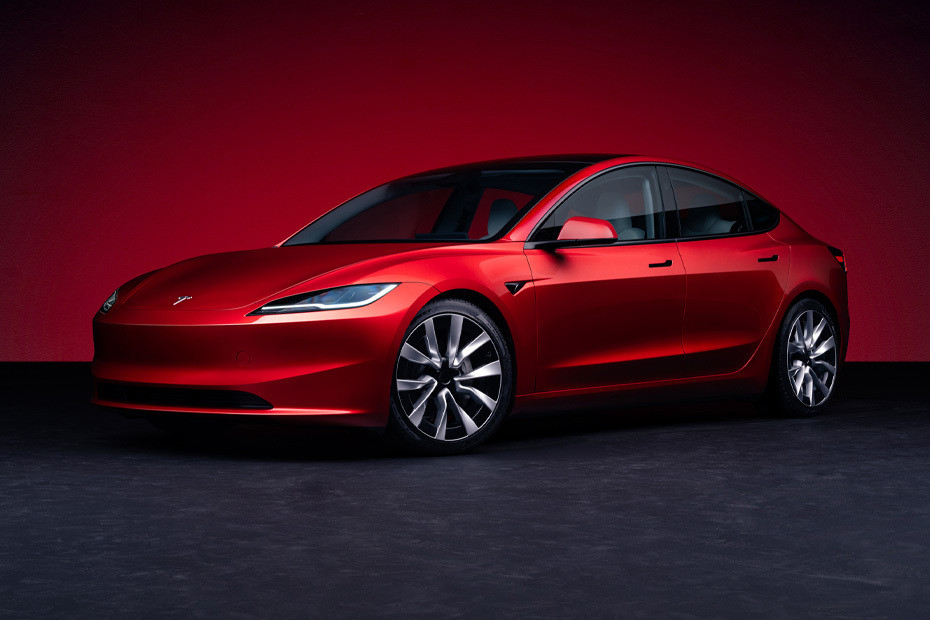
The current model, launched in 2018 and updated for 2025, has received two major facelifts. And like any updates, there have been significant improvements in its core strengths, superior build quality, higher range, faster charging, and an improved interior. In the UAE, the Model 3 established itself early, benefiting from free Salik tags, lower registration fees, and Tesla's growing Supercharger network.
BYD launched the Seal as a luxury electric sedan highly regarded for its ocean aesthetics design philosophy. The company isn't new to EVs—BYD has been building electric buses and cars for over a decade, however, the Seal was their real entry into the premium sedan segment. The Seal is powered by BYD's e-Platform 3.0, designed exclusively for electric vehicles.
In the UAE market, both sedans have created their own niche within a short period, and appeal to slightly different buyers profiles. The Model 3 is for anyone who wants great tech experience and also values Tesla's ecosystem that includes innovative over-the-air updates, and a highly robust service network. The Seal attracts value-conscious buyers who want similar performance and features, and do not necessarily pay a premium brand price tag. It is quite common to come across both sedans at charging stations across Dubai and Abu Dhabi.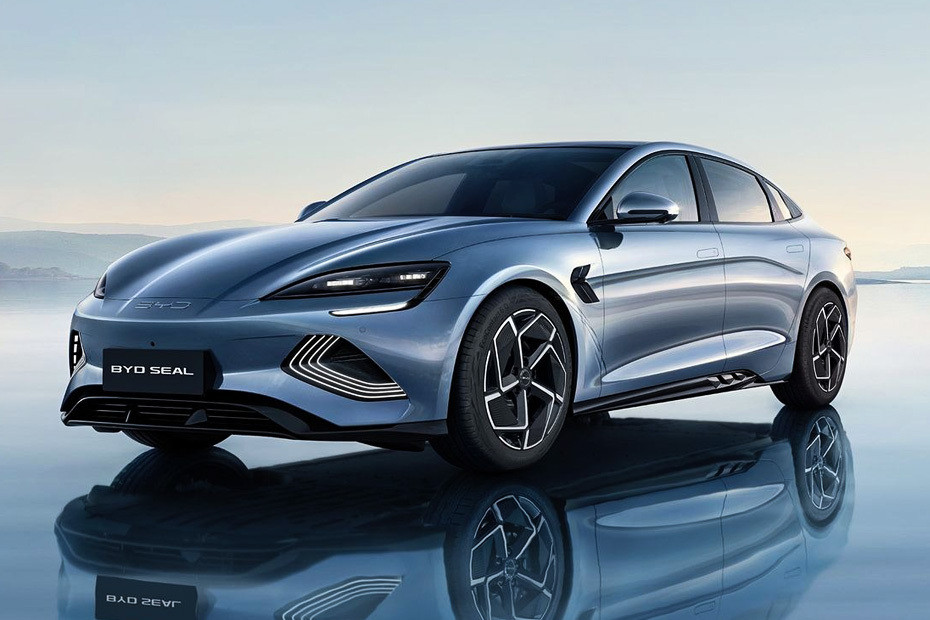
Price Comparison
Here is a thing: electric sedans are cheaper to run than petrol cars, but their acquisition costs, upfront, are higher, which is the only factor that counts for prospective buyers. Understanding what you get at each price level helps make the right choice.
The Tesla Model 3 range includes the Standard Range RWD at AED 158,670, Long Range AWD at AED 188,670, and Performance AWD at AED 218,670. Tesla offers a 3-year/unlimited kilometre warranty with optional extended coverage. Please note there is an additional charge for Auto Pilot mode.
The BYD Seal variants include Design, Premium, and Performance variants, priced between AED 164,900and AED 194,900. BYD offers a comprehensive warranty and after-sales service through its local partner Al-Futtaim Electric Mobility.
|
Variant |
Tesla Model 3 (AED) |
BYD Seal (AED) |
|
Base |
158,670 |
164,900 |
|
Mid |
188,670 |
174,900 |
|
Top |
218,670 |
194,900 |
The prices are clearly an indication, the Seal is significantly lower than the Model 3.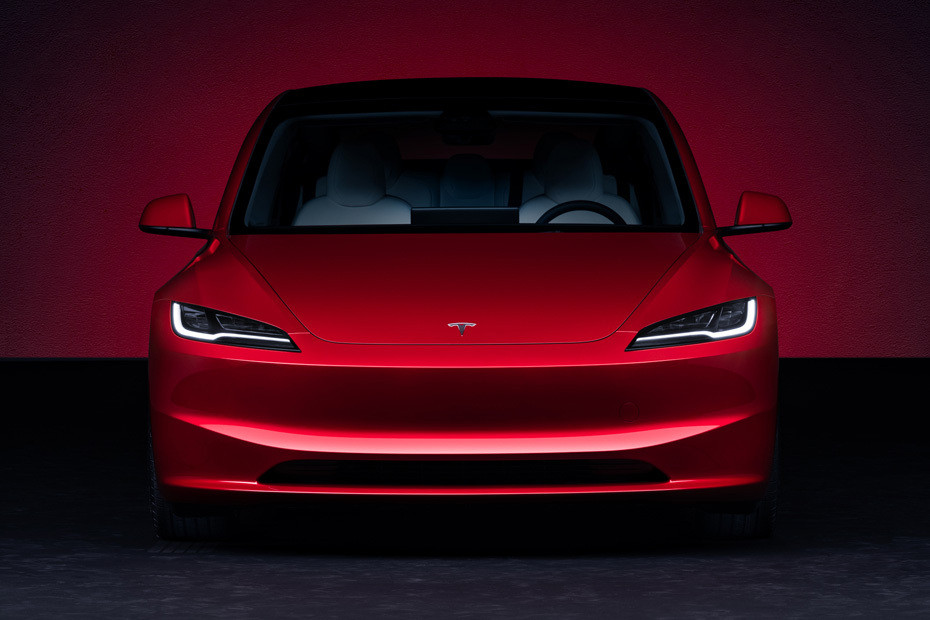
Dimensions Comparison
When you’re buying a premium sedan, the size really matters, especially considering it will be used for families. You’ll notice both mid-size sedans, but they take different approaches to packaging.
The Model 3 sizes are 4,720 mm long, 1,933 mm wide, and 1,431 mm high. You already know now, it has that familiar low, stylish profile that focuses on its superb aerodynamic design. The panoramic glass roof is Tesla’s signature feature, which floods the cabin with natural light. The cabin is a perfect example of minimalist design, which creates a sense of space, though some find the lack of physical buttons takes adjustment.
The Seal is 4,800 mm long, 1,875 mm wide, and 1,460 mm high. It's longer but narrower than the Model 3, with a fastback roofline that makes it look quite sportier. The ocean-inspired design is its clear differentiation, which comprises unique LED headlights with ripple DRLs and retractable door handles that sit flush with the body.
|
Dimension |
Tesla Model 3 (mm) |
BYD Seal (mm) |
|
Length |
4,720 |
4,800 |
|
Width |
1,933 |
1,875 |
|
Height |
1,431 |
1,460 |
|
Wheelbase |
2,975 |
2,920 |
|
Ground Clearance |
214 |
120 |
|
Boot Space |
594L |
400L |
|
Wheel Size |
18/19/20 inches |
19 inches |

Also, remember, the Model 3's longer wheelbase gives you more rear legroom. The boot size is 594 litres, plus an 88-litre frunk. The Seal gets 400 litres of cargo space, which is smaller but should be fine for everyday use. While both sedans have a five-seating configuration, the Model 3's wider cabin feels more spacious.
What you will find interesting is that the ground clearance, the Model 3 is higher, which helps with speed bumps and parking ramps. The Seal's lower stance contributes to its sportier look but requires you to be a little mindful of bumps and rough roads.
Performance Comparison
This is the part that most buyers are interested in and like to know as much as they can. Ultimately, EVs' performance is what makes them really different; it is also key to your usage. What makes EVs fun to drive and quick is that their electric motors promise instant torque. Yet you will find these two sedans offer different levels of performance depending on the variant.
The Model 3 Standard Range RWD produces 325 hp of power and 420 Nm, accelerating from 0-100 km/h in 5.6 seconds with a top speed of 225 km/h. The Long Range AWD takes the power up to 441 hp and 493 Nm, hitting 100 km/h in 4.6 seconds with a top speed of 233 km/h. However, at the Performance AWD variant you get massive 513 hp of power and a whopping 660 Nm, reaching 100 km/h in just 3.1 seconds with a top speed of 261 km/h.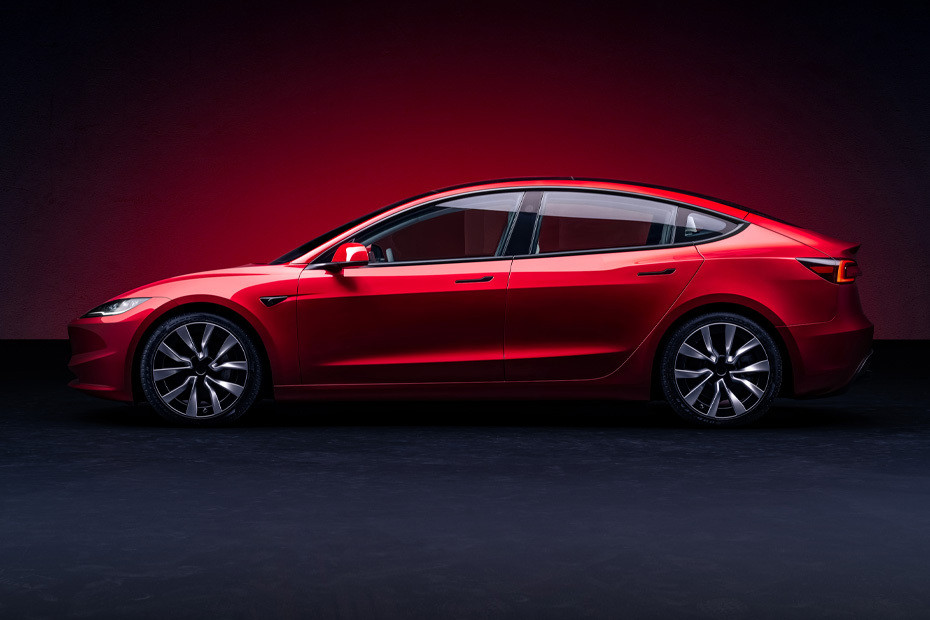
The BYD Seal comes with an 82.5 kWh Blade Battery, which churns out 308 hp of power with the single motor setup. The Seal is offered with single rear-wheel-drive and dual-motor all-wheel-drive systems, with the Performance variant delivering 523 hp of power, and it goes 0-100 km/h in 3.8 seconds, which is quite impressive.
|
Specification |
Tesla Model 3 |
BYD Seal |
|
Engine Options |
Dual Motor Electric |
Single/Dual Motor Electric |
|
Power Output |
283-513 hp |
308-523 hp |
|
Torque |
420-660 Nm |
360-670 Nm |
|
0-100 km/h |
3.1-5.6 seconds |
3.8-6.1 seconds |
|
Top Speed |
225-261 km/h |
180-200 km/h |
|
Transmission |
Single-speed automatic |
Single-speed automatic |
|
Drivetrain |
RWD/AWD |
RWD/AWD |
On UAE roads, you would definitely feel both sedans feel quick. The instant torque makes overtaking a breeze, and highway merging is stress-free. The Model 3 Performance is faster overall, but the Seal's Performance variant gets close, and there isn’t that big of a difference. If you look at daily driving in the city, even the base models provide more than enough power.
Another key factor for EVs is the real-life driving range, which is essentially what matters the most. The Model 3 comes between 491 km (Standard RWD) and 629 km (Long Range AWD) on a full charge. The Seal offers up to 570 km range depending on battery configuration. In real-world UAE conditions with air conditioning running constantly, expect 10-15% less range during summer.
What you need to know is that the charging speed matters, basically, the fuel, so to speak. The Model 3 supports up to 250 kW DC fast charging on Long Range and Performance variants, charging from 20-80% in 15-20 minutes at Tesla Superchargers. The Seal supports fast charging, enabling it to charge from 30-80% in about 30 minutes.
Features Comparison
Exterior & Design
|
Feature |
Tesla Model 3 |
BYD Seal |
|
Headlights |
LED with adaptive technology |
Double-U LED with ripple DRLs |
|
Wheels |
18-20 inches |
19 inches |
|
Styling |
Minimalist, clean, futuristic |
Sporty, ocean-inspired, fastback |
The Model 3 is always admired for its clean, minimalist exterior with flush door handles and a panoramic glass roof. The design hasn't changed dramatically since launch, something that has developed an identity of its own. The Seal looks stunning with an ocean exterior design with double-U LED headlights, ripple DRLs, and retractable door handles.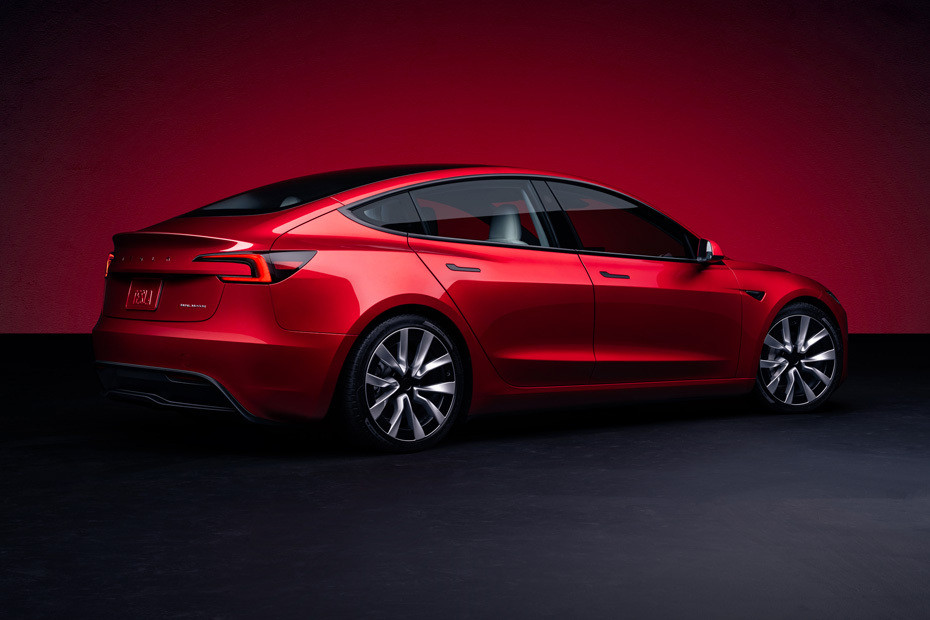
The Model 3 looks highly contemporary and quite understated. The Seal looks more dynamic, with its fastback roofline and sportier stance. Both turn heads, just in different ways.
Interior & Comfort
|
Feature |
Tesla Model 3 |
BYD Seal |
|
Upholstery |
Synthetic leather |
Nappa/Vegan leather |
|
Infotainment |
15.4-inch touchscreen + 8-inch rear screen |
15.6-inch rotatable touchscreen |
|
Seating |
5-seater |
5-seater |
|
Audio |
9-17 speakers depending on variant |
Premium audio system with 12 speaker |
The Model 3 interior highlight is the massive 15.4-inch touchscreen that controls everything, plus an 8-inch rear touchscreen for passengers. The front comes with 12-way power adjustments, ventilation, and heating, and the cabin has soft-touch surfaces and synthetic leather upholstery, something feels premium, and you won’t complain at all, a special Tesla feel. 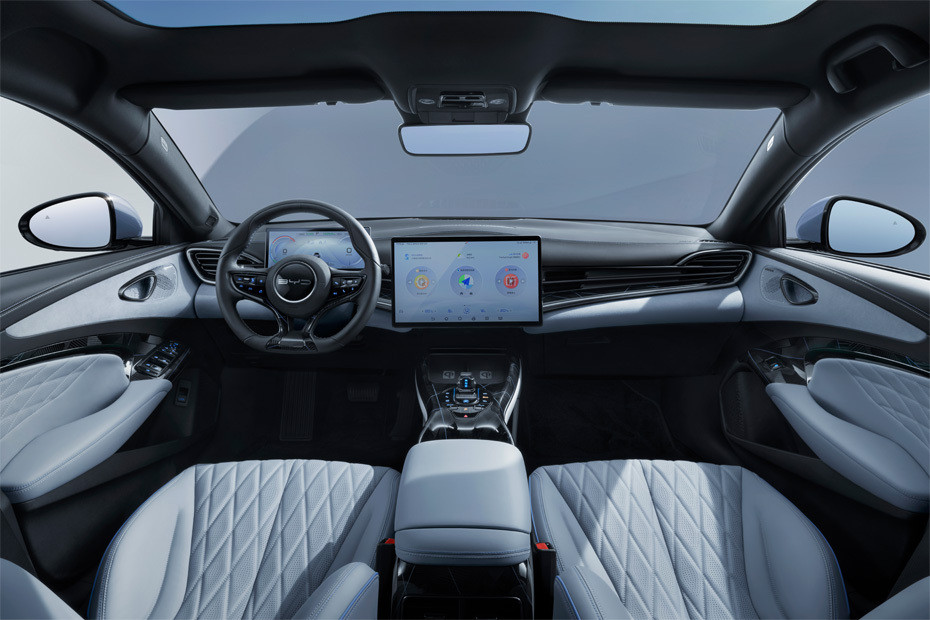
The Seal also gets a bigger 15.6-inch rotatable touchscreen, and features such as wireless charging, voice control, and ambient lighting with a minimalist dashboard. Higher trims come with premium Nappa leather or vegan leather seats.
As far as the interior is concerned, both these new EVs are great. You feel something different from the regular cars, modern and highly technologically advanced. The Model 3's interface is more refined and feels elegant, and Tesla has been refining it for years. The Seal's rotating screen is quite splendid, and it works better for some apps than others.
The Model 3 Long Range features 17 powerful speakers and two subwoofers, with the system automatically adjusting based on passengers and window status. And, the sound quality in both sedans is excellent, though the Model 3's system clearly scores high in clarity and depth.
Safety & Driver Assist
|
Feature |
Tesla Model 3 |
BYD Seal |
|
Airbags |
8-10 |
6 |
|
Driver Assist |
Autopilot, Full Self-Driving capable |
Lane assist, adaptive cruise, blind spot |
|
Cameras |
8-camera system, 360-degree view |
360-degree camera |
|
Brakes |
ABS, stability control, regenerative |
ABS, stability control, regenerative |
The Model 3 gets an eight-camera system with Hardware 4 providing 360-degree coverage, Forward Collision Warning with Automatic Emergency Braking, Blind Spot Detection, and Lane Keep Assist. One biggest draw for buyers is that Tesla's famous Autopilot comes standard, with Full Self-Driving available as an option.
The Seal includes an anti-lock braking system, 360-degree camera, adaptive cruise control, and lane change assist. The safety features are comprehensive, though not as advanced as Tesla's Autopilot system. In real-world use cases in the Emirates, both systems work well. The Model 3's Autopilot, as globally known, is more sophisticated, capable of handling highway driving with minimal input. The Seal's systems are more traditional, assisting rather than taking over.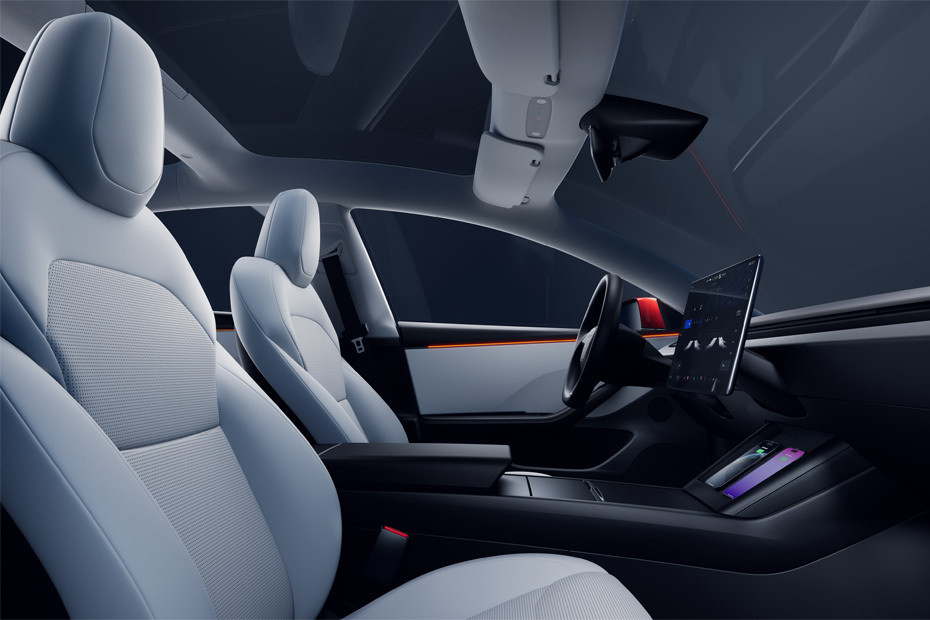
Which One Best Suits the UAE in 2025?
Both electric sedans handle UAE conditions well, but they suit different buyers. The summer heat tests every car. Both have powerful climate control systems that cool cabins rather quickly. The Model 3 promises heated and ventilated seats as standard on higher trims. The Seal provides similar features to premium leather seats and ambient lighting. Remote start via smartphone apps is standard on both, so you can cool the car before getting in.
When it comes to range, both sedans are quite well and you can use them where you wish, no worry, either city drives or highway road trips. As far as the charging infrastructure is concerned, Tesla’s Supercharger network in the UAE is established and reliable. The Seal uses standard CCS charging, which works at public charging stations from providers like DEWA, ADNOC, and private networks. When it comes to service and support, you should be assured that both brands care for customers and are committed to a greater support system. And also promise a hassle-free ownership experience. As of 2025, Tesla has been able to set up multiple service centres in Dubai and Abu Dhabi. BYD too is not behind, as the company has big plans in the Emirates. They are represented by Al-Futtaim Electric Mobility, and the brand is trying to take advantage of Al-Futtaim's established automotive network. You are also offered a comprehensive warranty and roadside assistance that should boost confidence. 
Conclusion
We tried to cover all the key areas of both cars, and looking at them in depth reveals their true characters. Both of them are world-class cars, highly established and proven. And buyers in the UAE now have them available to own. And choosing between the Tesla Model 3 and BYD Seal is not that hard if, as a prospective buyer you know what your focus areas are. Purely from a product’s point of view, we find both excellent electric sedans that suit UAE driving conditions. Both deliver on performance, range, and features.
The Model 3 undoubtedly is far more refined, a highly popular choice. It has been the global sensation that everyone knows. With software and charging infrastructure that is way ahead of its rivals. There is a premium, but you are paying for the Tesla brand, its experience and ecosystem, not just the car. Whereas the Seal represents the value challenger. It is a capable electric sedan that offers similar specs at a lower price. BYD's battery technology is solid, the design is distinctive, and Al-Futtaim's support network is reassuring.
Test drive both. Spend time in each cabin before you arrive at a final decision.
Tesla Car Models
Don't Miss
Automotive News and Reviews
- Latest
- Popular
You might also be interested in
- News
- Featured Stories
Featured Car
- Latest
- Popular
Compare & Recommended
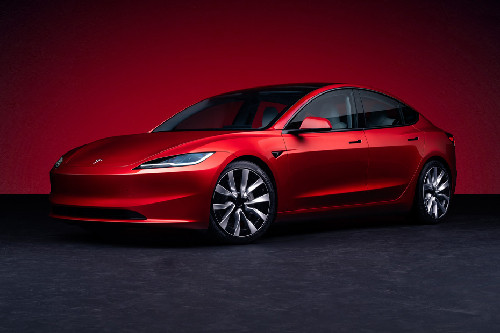
|

|
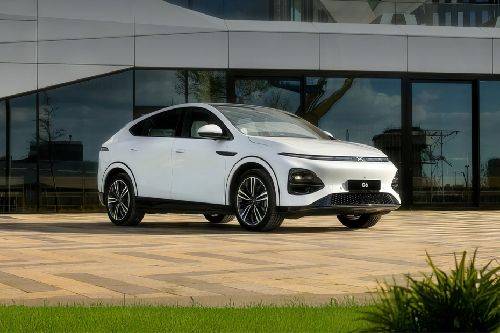
|

|
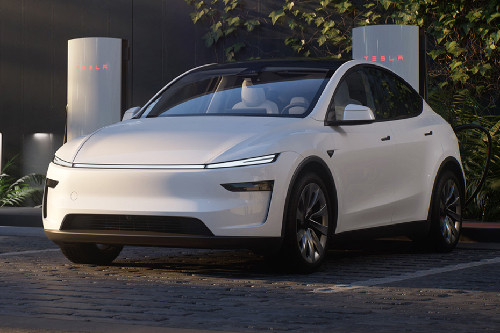
|
|
Transmission
Automatic
|
Automatic
|
Automatic
|
Automatic
|
Automatic
|
|
Power
-
|
308Hp
|
258Hp
|
261Hp
|
-
|
|
Torque
-
|
360Nm
|
440Nm
|
660Nm
|
-
|
|
|
Trending Sedan
- Latest
- Upcoming
- Popular




